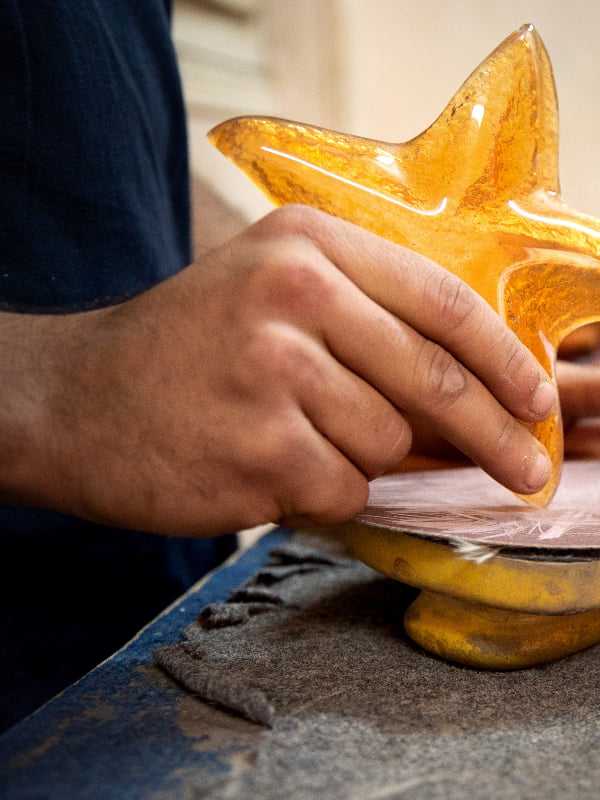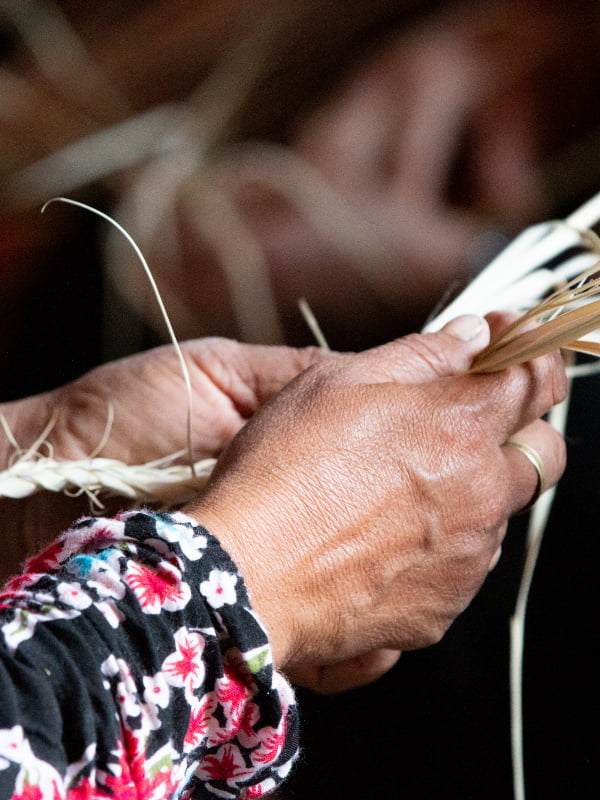SDE++: Features
The SDE++ is an operating subsidy. This means that you will receive a subsidy during the operating period of your project. You may be able to apply for a Stimulation of Sustainable Energy Production and Climate Transition (SDE++) subsidy if you are planning to produce renewable energy or to use carbon-reducing technologies.
The SDE++ subsidy has the following features:
Subsidisation of the unprofitable component
Under the SDE++ scheme, you can apply for a subsidy to generate renewable energy or to reduce carbon dioxide. We subsidize the unprofitable component of each technology. This is the difference between the cost of the technology that reduces CO2 (the ‘base rate’) and the market value of the product that is generated by the technology (the ‘corrective amount’). The base rate is fixed for the entire subsidy period, but the corrective amount is set annually. The unprofitable component decreases when the market value rises, as does the amount of the subsidy you receive. Subsidies are granted for periods of 12 or 15 years. The duration of your subsidy depends on the technology used.
Base rate and application amount
A different base rate has been set for each technology. The base rate is the cost price for the production of renewable energy or the cost price of the reduction of CO2 emissions. This base rate is the maximum subsidy rate for which you can apply. If you apply for a lower subsidy rate, you have a better chance of receiving a subsidy. Your application amount has to be the same as or lower than the base rate.
Corrective amounts and base energy price/base greenhouse gas amount
You will generate revenue if you produce and supply energy in the form of electricity, heat, renewable gas, hydrogen gas or advanced renewable fuel with any of the technologies. The same goes for when you capture CO2. We set the revenue level in the form of a corrective amount. The corrective amount is partly determined by the market value. The largest SDE++ subsidy is equal to the base rate or application amount minus the corrective amount. In the SDE++ scheme, the value of Garantees of Origin (GOs) for renewable gas and electricity is included in the calculation of the corrective amount. The Netherlands Environmental Assessment Agency (PBL) sets the value of GOs each year.
A lower limit is set for the corrective amount: the base energy price or the base greenhouse gas amount. The corrective amount may therefore not be lower than the base energy price or the base greenhouse gas amount. We base these amounts on two-thirds of the average expected revenue over the entire duration of the SDE++ subsidy. If the corrective amount is equal to the base energy price or base greenhouse gas amount, you will receive the maximum amount of subsidy.
The base rate or application amount is fixed for the entire duration of the subsidy. The corrective amount is set annually.
Emissions Trading System (ETS)
The ETS is a market instrument with which the European Union (EU) cost-effectively reduces greenhouse gas emissions to achieve its climate targets. Some of the companies applying for SDE++ subsidies take part in the ETS. If the technology concerned prevents the purchase, or generates proceeds from the sale of CO2 emission allowances under the European Emissions Trading System (EU-ETS), then this too is incorporated in the corrective amount.
Phased opening
The 2025 application round for the SDE++ scheme has five phases. During each phase, you may apply for a subsidy only up to a certain subsidy intensity per tonne of CO2 emissions reduction. This is the phase limit. In later phases, we gradually increase this maximum subsidy rate per tonne of CO2. You may also submit projects with a lower subsidy need than the maximum set for the technology in question. You can do this by applying for a lower rate than the maximum base rate and the phase rate. This means you will be applying for a lower subsidy intensity, which may increase your chances of obtaining a subsidy. See also the ranking amount calculation tool at the bottom of this page.
First come, first served processing
Subsidy applications are processed in the order in which they are submitted. Applications submitted after 17:00 CET or on non-business days fall under the next business day. This is also the case at the start of a new phase. Within one business day (from 17:00 to 17:00 on the next business day), the time of receipt of the subsidy application does not matter.
Subsidy intensity
We will process subsidy applications in the order in which they are submitted. If the budget limit is exceeded on a given day, we will rank the projects on that day based on subsidy intensity. This means that projects with a lower subsidy intensity will be ranked higher.
In 2025, the largest subsidy intensity for which SDE++ technologies can apply is €400 per tonne CO2. Technologies with a higher subsidy intensity can still apply for a SDE++ subsidy. The unprofitable component of these projects may however not be entirely reimbursed.
Stimulating technologies with a subsidy intensity higher than € 400 per tonne CO2 is incompatible with a cost-effective energy transition, which is the intention of the SDE++ scheme. You should submit your application with an application amount with one decimal place in euros per MWh or in the case of CCS or CCU up to four decimal places per tonne of CO2. For ranking purposes, we will round the subsidy intensity to three decimal places. The subsidy intensity depends on the rate you apply for (application amount), the long-term price and the emission factor. Subsidies are applied for, measured and granted per measured unit of electricity, heat, renewable gas, hydrogen, advanced renewable fuel or reduced CO2 emissions. These units need to be converted into subsidy intensities to enable projects to be ranked.
We calculate the subsidy intensity using one of the following formulae:
- Subsidy intensity, all categories except CO2 capture and storage (CCS) and CO2 capture and utilization (CCU): subsidy intensity [€/t CO2] = (application rate [€/kWh] – long-term price [€/kWh]) / (emission factor [kg CO2/kWh] / 1.000).
- Subsidy intensity CO2 capture and storage (CCS) and CO2 capture and utilization (CCU): subsidy intensity [€/tonne CO2] = (application rate [€/tonne CO2] – long-term price [€/tonne CO2]) / (emission factor [kg CO2/tonne CO2] / 1.000).
Publications
Every year the Netherlands Enterprise Agency publishes a brochure with details about the SDE++ and instructions for applying. The Netherlands Enterprise Agency has also published reports on renewable energy in the Netherlands.
You can download these publications below.
Downloads
- Ministry of Climate Policy and Green Growth



